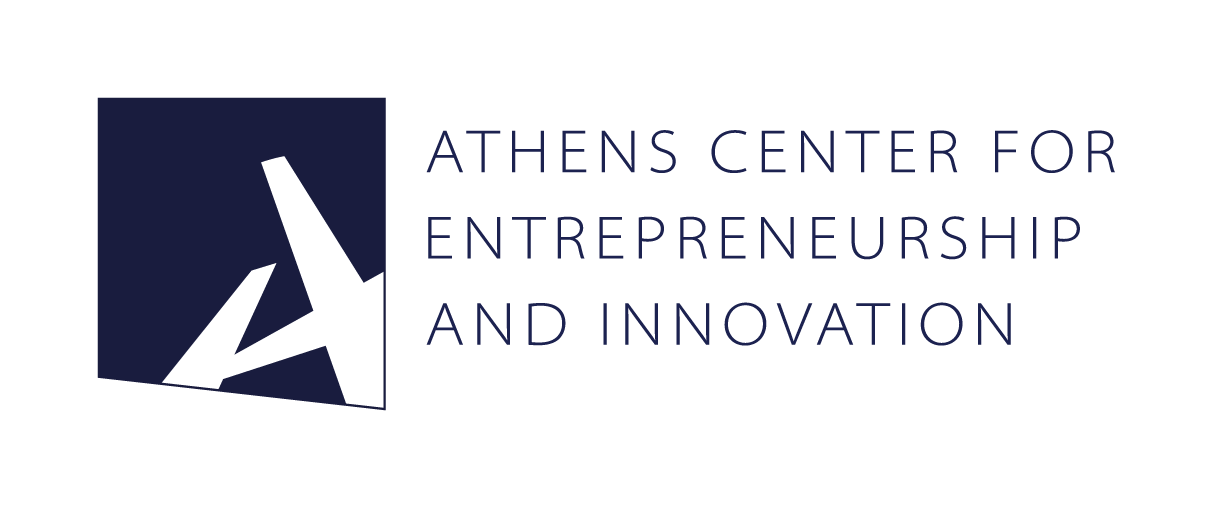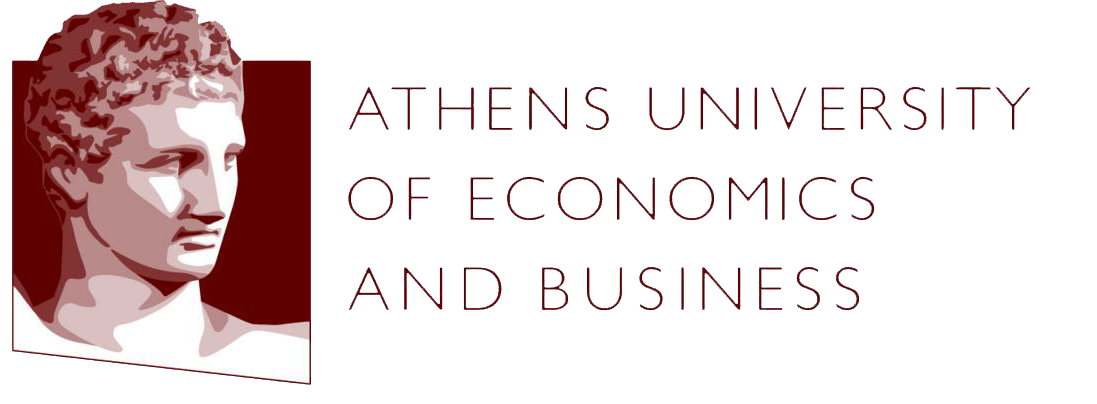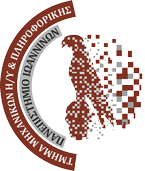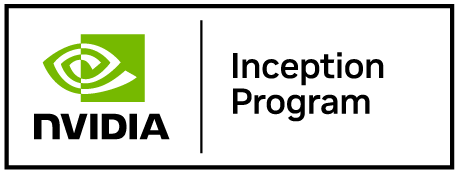+10 years of experience in wide array of 3D reseach projects

3D Modeling & Processing
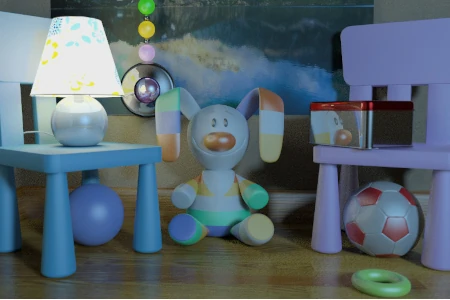
Real-time 3D Graphics
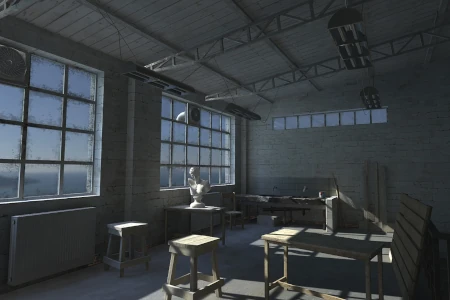
Photorealistic Rendering
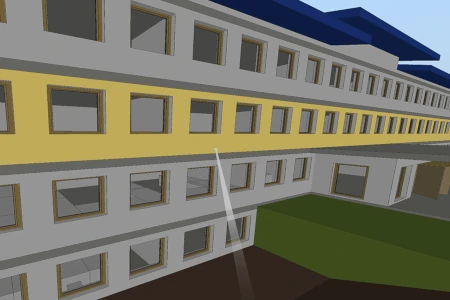
Virtual & Augmented Reality
Selected R&D Projects
Manage and execute 3D, XR & AI projects at national and european level
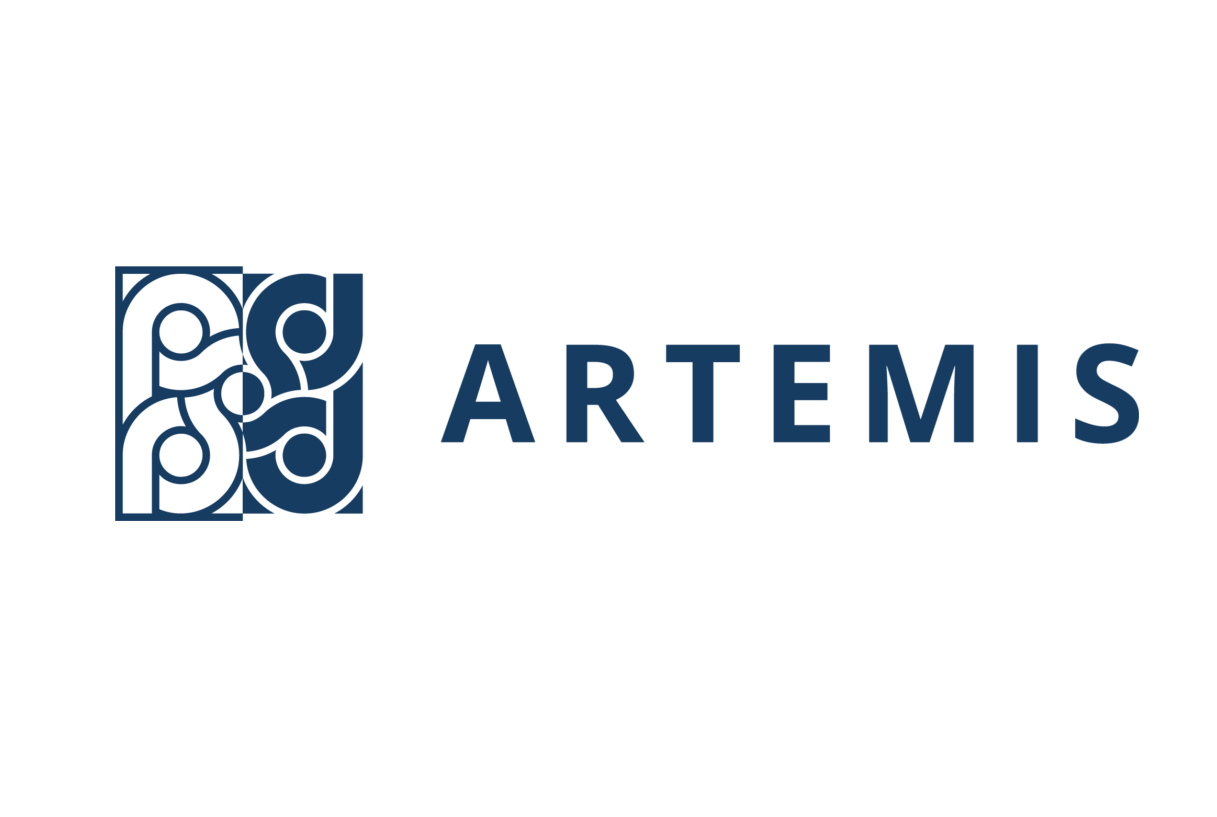
The ARTEMIS proposal addresses the field of cultural heritage conservation, restoration, safeguard and valorisation by advanced digital technologies, using digital twins and relying on advanced AR/VR technologies. It relies on an extended digital documentation of heritage assets with 3D models incorporated in their digital twins, by implementing services on heritage data that model the behaviour of the real-world assets in different conditions and under the effect of complex external phenomena. The same approach will allow digital experiments testing the effect of activities simulated on the twin. Whenever suitable, the developed services will avail of AR/VR techniques to manage the simulation input and to visualize the outcomes. ARTEMIS will rely on the know-how of participating world-class research infrastructures, making available a huge amount of heritage documentation data, on the contribution of advanced research centres and on the support of specialized technological SMEs. The project will produce a scientific methodology tested on a large number of pilots and will pave the way for innovative applications in heritage research based on digital twins and AR/VR techniques.
ARTEMIS is a project funded by the European Commission under Grant Agreement n.101188009 – ARTEMIS. The views and opinions expressed in this website are the sole responsibility of the author and do not necessarily reflect the views of the European Commission.
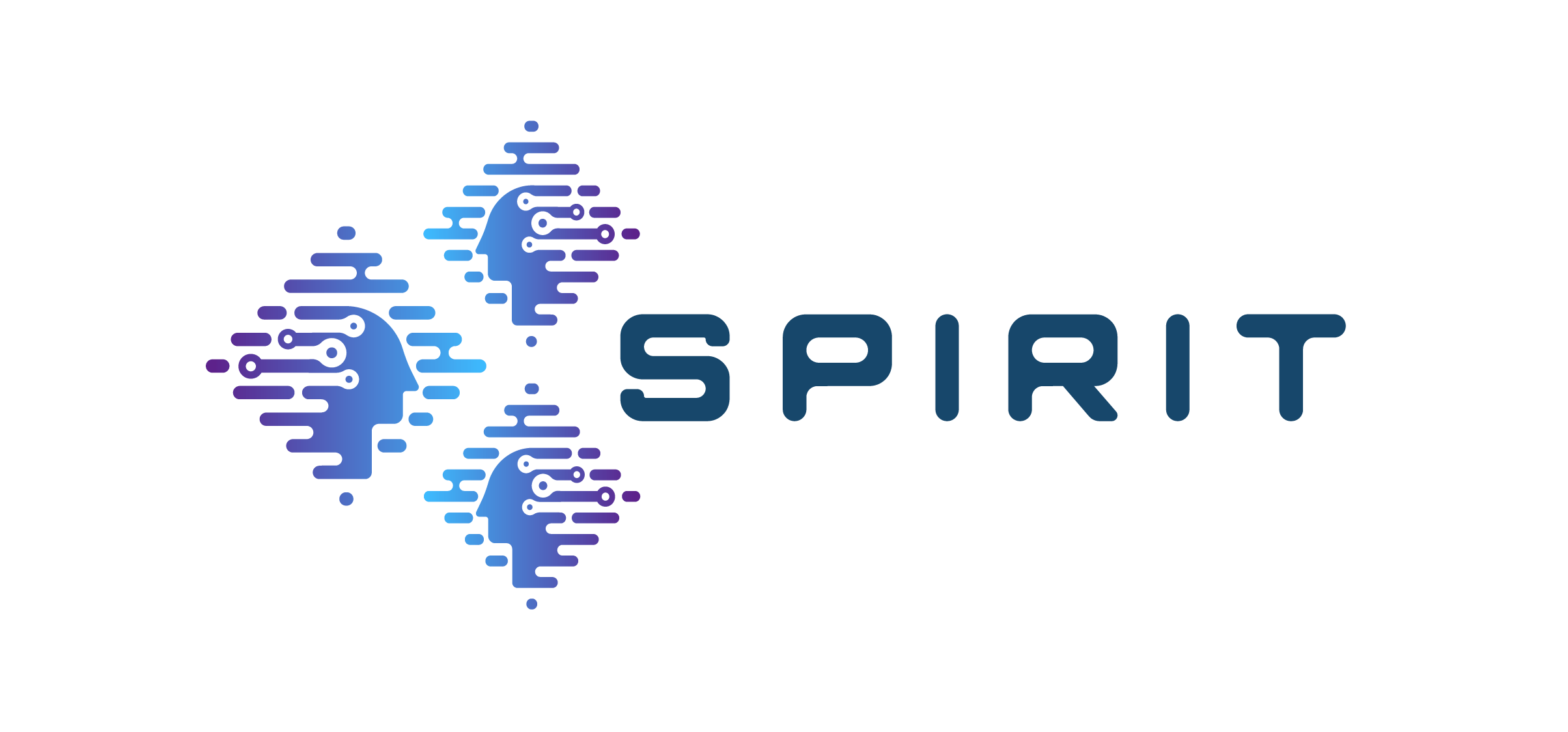
The HOPE project enhances the SPIRIT platform by advancing real-time holographic communication for retail applications, with a specific focus on real-time teleconference experiences. The project will focus on incorporating semantic, importance-driven compression, resampling, and filtering to highlight essential details, such as facial features, body movements and even points of interest. This not only optimizes bandwidth usage but also improves the overall user experience by delivering high-quality visualizations even in bandwidth-constrained environments.
Funded by the European Union (SPIRIT, 101070672). Views and opinions expressed are however those of the author(s) only and do not necessarily reflect those of the European Union.
Neither the European Union nor the granting authority can be held responsible for them. This work has received funding from the Swiss State Secretariat for Education, Research and Innovation (SERI).

Creating realistic simulation environments is important for proper, effective and safe training of all participants. DREAMER will allow for the 3D reconstruction of physical objects and the embedding into virtual scenes. Our goal is to facilitate the creation of 3D content for populating simulated virtual worlds for realistic, risk-free, training scenarios in robotics.
The DREAMER project has indirectly received funding from the European Union’s Horizon Europe research and innovation action programme, via the MASTER - Open Call issued and executed under the MASTER project (Grant Agreement no. 101093079).
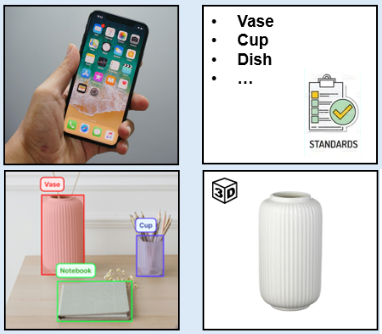
VERTEX shapes the future of education, where visual exploration meets 3D reconstruction to ignite curiosity, inspire creativity and collaboration - skills that are increasingly valuable in today's interconnected world - empowering the next generation of learners.
The VERTEX project has indirectly received funding from the European Union’s Horizon Europe research and innovation action programme, via the XR4ED - Open Call issued and executed under the XR4ED project (Grant Agreement no. 101093159).
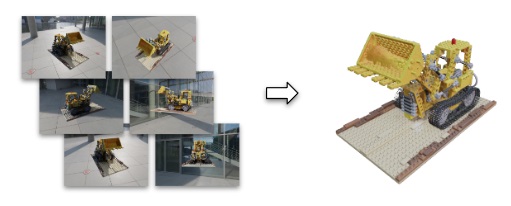
VISOR will focus on the development, integration and delivery of a complete pipeline for the purpose of 3D geometric and colour information
extraction, of an arbitrary small physical object (dimension range: 20cm to 100cm) from a set of input 2D images or a time-constrained video sequence. An application will transmit a set of images or video of a physical object to the cloud service during a teleconference session and a 3D model ready to be visualised and shared will be returned.
The VISOR has indirectly received funding from the European Union’s Horizon 2020 research and innovation action programme, via the CORTEX2 Open Call 1 issued and executed under the CORTEX2 project (Grant Agreement no. 01070192).

Phasmatic
Cassini Challenges 2023 (Next Generation Challenge), EU Agency for the Space Programme
04.2024 More details
Spotlight project uses satellite-aided planning for optimal and effective urban lighting design, that leverages cutting-edge technology originating from neural-based generative modeling, to create more livable, secure and sustainable cities. By optimizing the lighting design configuration, cities can reduce energy consumption and maintenance costs. Furthermore, it ensures that the configuration proposals are not only aesthetically pleasing but also functional. Powered by Copernicus satellite data, we can utilize metadata across the European continent, including building layouts, streets, and other elements that directly impact lighting design. Consequently, urban planners, architects, and municipalities will gain a powerful tool in their endeavor to create or transform vibrant and sustainable environments of tomorrow.
Phasmatic was one of the three winners in the Next Generation Challenge.

Phasmatic
GameTech Innovation Challenge (Live Sports Visualization), Kaizen Gaming
05.2023 More details
Our proposal aims to enhance Kaizen's application with 3D information, utilizing AI-based computer vision methods. Making minor modifications to the existing application, soccer matches will be offered to the user enhanced with 3D information or even experienced in AR/VR. With 3D, users will be able to observe the game from their preferred angle, zoom in/out, and replay interesting plays. In VR mode, users will be able to become a “ghost” player on the field, providing a unique and immersive perspective on the match. In AR mode, the match can be projected inside the user's physical space. This work will significantly improve the live betting experience, offering a more engaging and dynamic way for sports presentation.
Phasmatic made it to the top three finalists (among 21 worldwide proposals).

In this challenge we will investigate a machine learning model that can be used to detect objects picked up by the customers from refrigerators using camera images. The problem contains mainly two challenges. The images contain obstructions such as customer's hands and they should be able to run on a Jetson Nano 4Gb, even though they can be trained on a different environment.
This project has indirectly received funding from the European Union’s Horizon 2020 research and innovation programme under project REACH Incubator (Grant Agreement no. 951981).
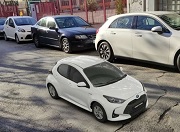
Phasmatic targets the rapidly growing e-commerce market, and offers a complete solution for 3D product visualization & customization.
Having identified AR as a powerful and innovative method for product presentation in online shops as it enables an immersive, convincing and overall more fulfilling shopping experience, in this project, we will expand our work by incorporating correct and robust light estimation in our AR product preview.
Phasmatic won the 1st XR Cosmos Innovation Award.
Selected Publications
Published in high-ranking journals and leading international conferences
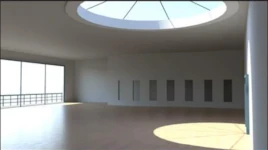
Vitsas N., Evangelou I., Papaioannou G. & Gkaravelis A.
Proc. of Computer Graphics international 2023
2023.08 More details
Opening design is a major consideration in architectural buildings during early structural layout specification. Decisions regarding the geometric characteristics of windows, skylights, hatches, etc., significantly affect the overall energy efficiency, airflow, and appearance of a building both internally and externally. Methods In this work, we employ a goal-based, illumination-driven approach to opening design using a Bayesian optimization approach based on Gaussian processes. A method that enables designers to conveniently set lighting intentions in conjunction with the qualitative and quantitative characteristics of the desired openings is proposed. Results The parameters are optimized within a costminimization framework to calculate geometrically feasible, architecturally admissible, and aesthetically pleasing openings of any desired shape while taking into account the designer's lighting constraints.
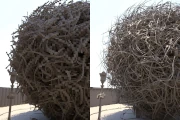
Vitsas N., Evangelou I., Papaioannou G. & Gkaravelis A.
Computer Graphics Forum (Proc. of Eurographics 2023)
2023.05 More details
Oriented bounding box (OBB) hierarchies can be used instead of hierarchies based on axis-aligned bounding boxes (AABB), providing tighter fitting to the underlying geometric structures and resulting in improved interference tests, such as ray-geometry intersections. In this paper, we present a method for the fast, parallel transformation of an existing bounding volume hierarchy (BVH), based on AABBs, into a hierarchy based on OBBs. To this end, we parallelise a high-quality OBB extraction algorithm from the literature to operate as a standalone OBB estimator and further extend it to efficiently build an OBB hierarchy in a bottom up manner. This agglomerative approach allows for fast parallel execution and the formation of arbitrary, high-quality OBBs in bounding volume hierarchies. The method is fully implemented on the GPU and extensively evaluated with ray intersections.
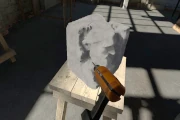
The advent of consumer-grade, low-power, untethered virtual reality devices has spurred the creation of numerous applications, with important implications to training, socialisation, education and entertainment. However, such devices are typically based on modified mobile architectures and processing units, offering limited capabilities in terms of geometry and shading throughput, compared to their desktop counterparts. In this work we provide insights on how to implement two combined and particularly challenging tasks on such a platform, those of real-time volume editing and physically-based rendering. We implement and showcase our techniques in the context of a virtual sculpting edutainment application, intended for mass deployment at a virtual reality exhibition centre.
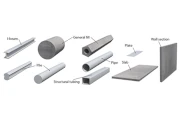
Evangelou I., Vitsas N., Papaioannou G., Georgioudakis M., Chatzisymeon A.
Eurographics Workshop on 3D Object Retrieval (3DOR) 2021, Short Papers
2021.05 More details
The Building Information Modelling (BIM) procedure introduces specifications and data exchange formats widely used by the construction industry to describe functional and geometric elements of building structures in the design, planning, cost estimation and construction phases of large civil engineering projects. In this paper we explain how to apply a modern, low-parameter, neural-network-based classification solution to the automatic geometric BIM element labeling, which is becoming an increasingly important task in software solutions for the construction industry. The network is designed so that it extracts features regarding general shape, scale and aspect ratio of each BIM element and be extremely fast during training and prediction. We evaluate our network architecture on a real BIM dataset and showcase accuracy that is difficult to achieve with a generic 3D shape classification network.
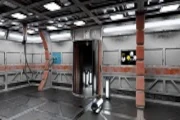
Vitsas N., Gkaravelis A., Vasilakis A. A. & Papaioannou G.
Ray Tracing Gems II: Next Generation Real-Time Rendering with DXR, Vulkan, and OptiX
2021.08 More details
This chapter introduces WebRays, a GPU-accelerated ray intersection engine for the World Wide Web. It aims to offer a flexible and easy-to-use programming interface for robust and high-performance ray intersection tests on modern browsers. We cover design considerations, best practices, and usage examples for several ray tracing tasks.
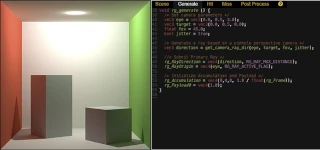
Vitsas N., Gkaravelis A., Vasilakis A. A., Vardis K. & Papaioannou G.
Eurographics 2020, Education Papers
2020.05 More details
In this paper, we present Rayground; an online, interactive education tool for richer in-class teaching and gradual self-study, which provides a convenient introduction into practical ray tracing through a standard shader-based programming interface. Setting up a basic ray tracing framework via modern graphics APIs, such as DirectX 12 and Vulkan, results in complex and verbose code that can be intimidating even for very competent students. On the other hand, Rayground aims to demystify ray tracing fundamentals, by providing a well-defined WebGL-based programmable graphics pipeline of configurable distinct ray tracing stages coupled with a simple scene description format. An extensive discussion is further offered describing how both undergraduate and postgraduate computer graphics theoretical lectures and laboratory sessions can be enhanced by our work, to achieve a broad understanding of the underlying concepts. Rayground is open, cross-platform, and available to everyone.
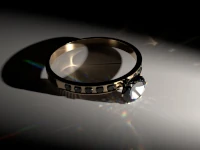
Vasilakis A. A., Vardis K. & Papaioannou G.
Eurographics 2020, State-of-the-art Reports
2020.05 More details
In the past few years, advances in graphics hardware have fuelled an explosion of research and development in the field of interactive and real-time rendering in screen space. Following this trend, a rapidly increasing number of applications rely on multifragment rendering solutions to develop visually convincing graphics applications with dynamic content. The main advantage of these approaches is that they encompass additional rasterised geometry, by retaining more information from the fragment sampling domain, thus augmenting the visibility determination stage. With this survey, we provide an overview of and insight into the extensive, yet active research and respective literature on multifragment rendering. We formally present the multifragment rendering pipeline, clearly identifying the construction strategies, the core image operation categories and their mapping to the respective applications. We describe features and trade-offs for each class of techniques, pointing out GPU optimisations and limitations and provide practical recommendations for choosing an appropriate method for each application. Finally, we offer fruitful context for discussion by outlining some existing problems and challenges as well as by presenting opportunities for impactful future research directions.

In this paper we propose an effective technique for the automatic arrangement of spot lights and other luminaires on or near user-provided arbitrary mounting surfaces in order to highlight the geometric details of complex objects. Since potential applications include the lighting design for exhibitions and similar installations, the method takes into account obstructing geometry and potential occlusion from visitors and other non-permanent blocking geometry. Our technique generates the most appropriate position and orientation for light sources based on a local contrast maximization near salient geometric features and a clustering mechanism, producing consistent and view-independent results, with minimal user intervention. We validate our method with realistic test cases including multiple and disjoint exhibits as well as high occlusion scenarios.
